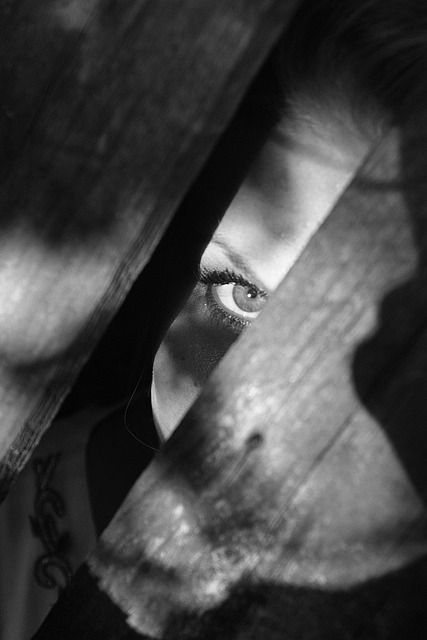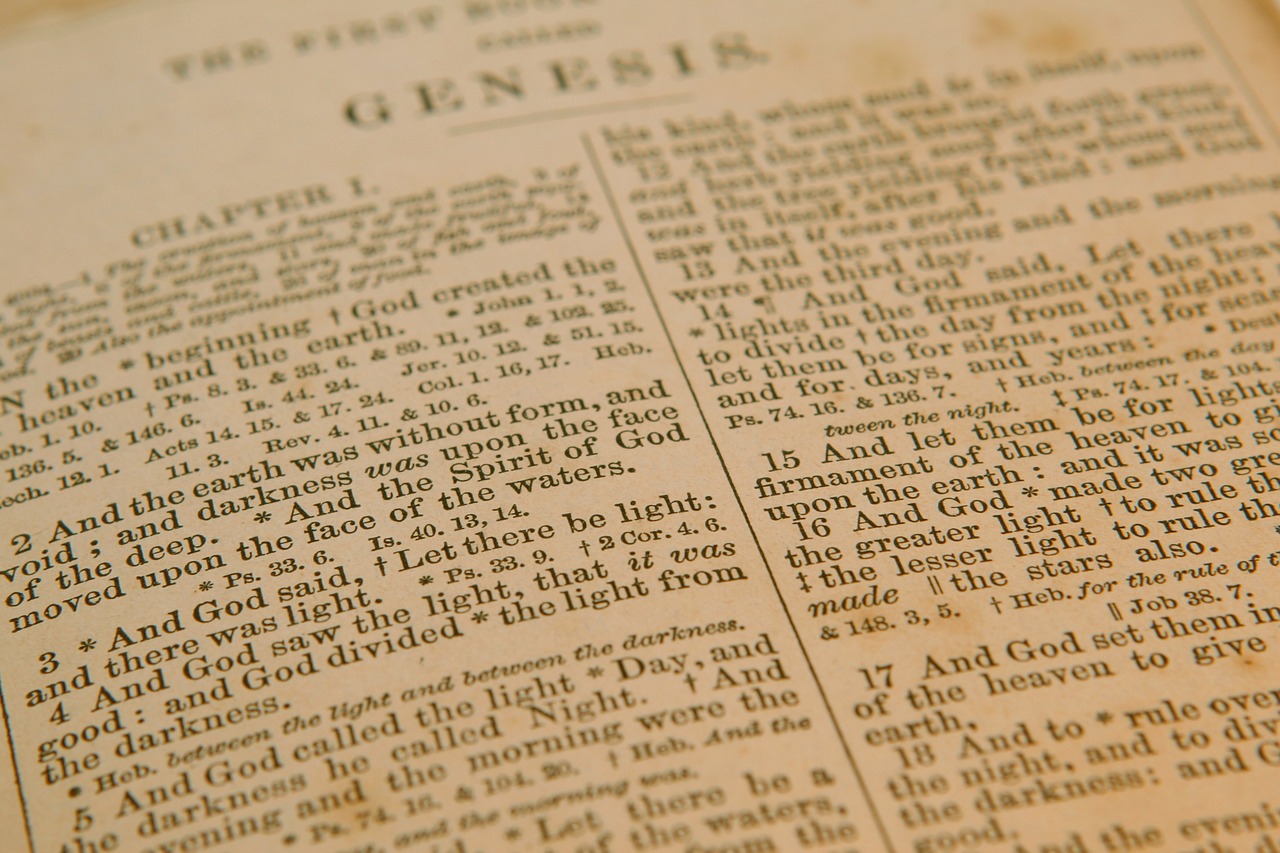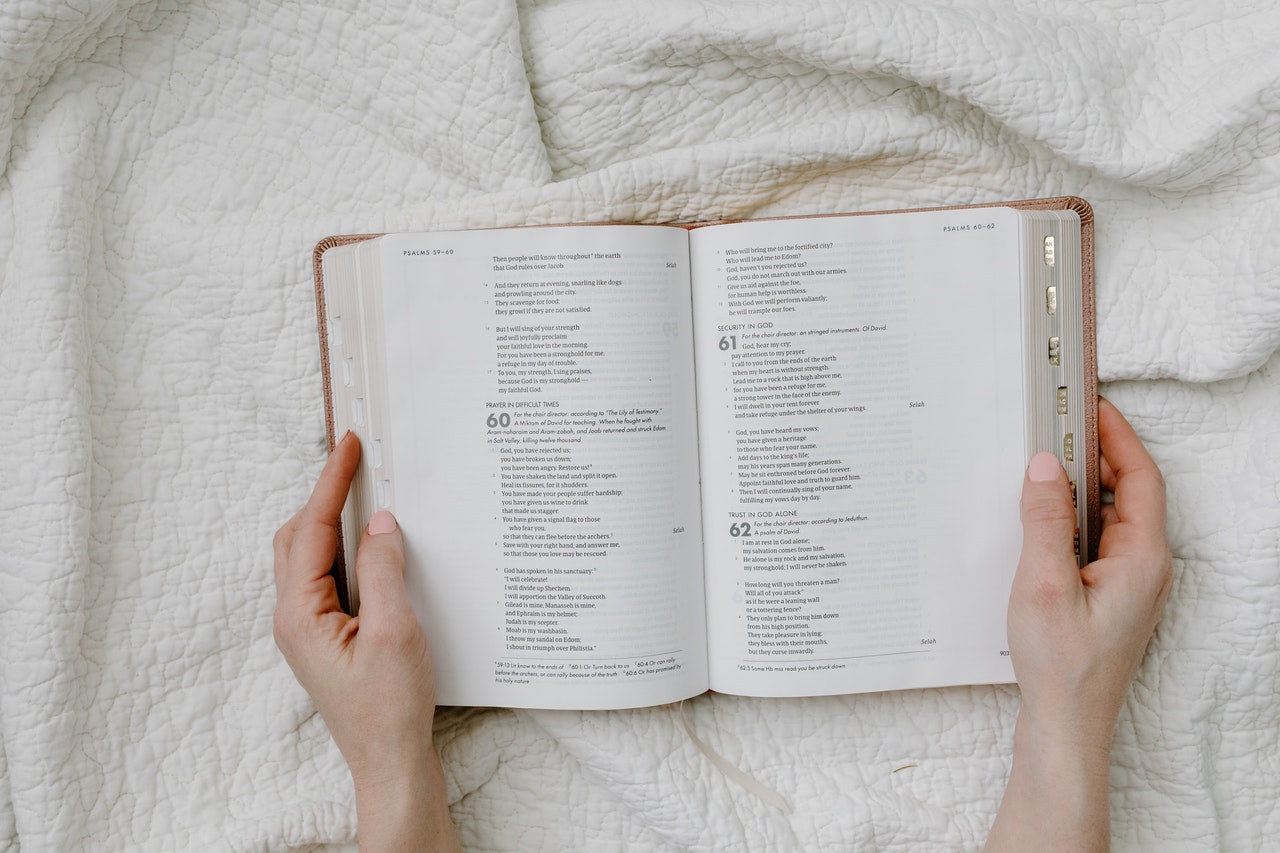The evil eye is a concept that has been present in various cultures for centuries. It is believed to be a curse or a malevolent gaze that can cause harm or misfortune to the person being looked upon. In many cultures, it is believed that anyone can possess the power of the evil eye, although it is often associated with certain individuals who are believed to have a natural inclination towards it.
Table of Contents
The History and Origins of the Evil Eye
The evil eye is a fascinating concept that has been around for centuries. It is believed to be a curse or a malevolent look that can cause harm or misfortune to the person being stared at. While it may sound like something out of a fairy tale, the belief in the evil eye is deeply rooted in many cultures around the world.
The origins of the evil eye can be traced back to ancient times. It is believed to have originated in ancient Greece and Rome, where it was known as the “oculus malus.” The concept of the evil eye then spread to other parts of the world, including the Middle East, Africa, and even South America.
In ancient times, the evil eye was seen as a powerful force that could bring about illness, bad luck, or even death. People believed that certain individuals had the ability to cast the evil eye, either intentionally or unintentionally. These individuals were often feared and avoided, as their gaze was believed to be capable of causing harm.
The belief in the evil eye was not limited to individuals. It was also believed that certain objects, such as amulets or talismans, could protect against the evil eye. These objects were often worn or displayed in homes and businesses to ward off any potential curses.
Over time, the belief in the evil eye has evolved and taken on different meanings in different cultures. In some cultures, it is seen as a form of envy or jealousy, where the person casting the evil eye is believed to be envious of the person being stared at. In other cultures, it is seen as a supernatural force that can bring about misfortune.
Despite its dark connotations, the evil eye is not always seen as something negative. In some cultures, it is believed that the evil eye can actually bring about good luck and protection. For example, in Turkey, the evil eye is a popular symbol that is believed to ward off any negative energy or curses.
Today, the belief in the evil eye is still prevalent in many parts of the world. It is often seen as a cultural tradition or superstition that is passed down from generation to generation. Many people still wear or display amulets or talismans to protect against the evil eye, while others may simply be cautious of the gaze of others.
In conclusion, the evil eye is a concept that has a long and rich history. It has been believed to bring about harm or misfortune to those who are stared at, and has been a part of many cultures for centuries. Whether you believe in the evil eye or not, it is an interesting and intriguing concept that continues to captivate people’s imaginations. So, the next time you feel like someone is giving you a strange look, you might just wonder if they have the power of the evil eye.
Cultural Beliefs and Superstitions Surrounding the Evil Eye

The evil eye is a fascinating concept that has been a part of various cultures and superstitions for centuries. It is believed to be a curse or a malevolent gaze that can bring harm or misfortune to the person being looked at. While the evil eye is often associated with negative energy, it is also believed to have protective qualities. In many cultures, people wear amulets or charms in the shape of an eye to ward off the evil eye and protect themselves from its effects.
Cultural beliefs surrounding the evil eye vary from region to region. In some cultures, it is believed that anyone can possess the power of the evil eye, while in others, it is believed to be a specific ability that only certain individuals possess. In either case, the evil eye is seen as a powerful force that can cause harm if not properly protected against.
In Mediterranean cultures, the belief in the evil eye is deeply ingrained. It is believed that envy or jealousy can cause a person to inadvertently cast the evil eye on someone else. This is why it is common to see people wearing amulets or charms in the shape of an eye, known as “nazar,” to protect themselves from the evil eye. These amulets are often made of blue glass or ceramic and are believed to absorb the negative energy of the evil eye.
In Middle Eastern cultures, the belief in the evil eye is also prevalent. It is believed that certain individuals, known as “ayin hara,” have the ability to cast the evil eye intentionally. These individuals are often feared and avoided, as their gaze is believed to bring misfortune. To protect against the evil eye, people often recite prayers or wear amulets with verses from the Quran.
In South Asian cultures, the belief in the evil eye is known as “nazar.” It is believed that the evil eye can cause illness, financial loss, or even death. To protect against the evil eye, people often wear amulets or tie black threads around their wrists or necks. It is also common to see babies wearing black kohl on their cheeks to ward off the evil eye.
While the belief in the evil eye may seem superstitious to some, it is deeply rooted in cultural traditions and beliefs. It serves as a way for people to protect themselves from negative energy and to ward off envy or jealousy. Whether or not one believes in the power of the evil eye, it is important to respect and understand the cultural beliefs and superstitions surrounding it.
In conclusion, the evil eye is a concept that has been a part of various cultures and superstitions for centuries. It is believed to be a curse or a malevolent gaze that can bring harm or misfortune to the person being looked at. Cultural beliefs surrounding the evil eye vary from region to region, but the belief in its power is deeply ingrained in many cultures. Whether one believes in the power of the evil eye or not, it is important to respect and understand the cultural beliefs and superstitions surrounding it.
How to Protect Yourself from the Evil Eye
The evil eye is a belief that has been around for centuries and is found in many cultures around the world. It is believed that certain individuals have the power to cast a curse or bring bad luck upon others just by looking at them. This belief in the evil eye has led to the development of various methods and practices to protect oneself from its effects.
One of the most common ways to protect oneself from the evil eye is by wearing an evil eye amulet. These amulets are believed to ward off the negative energy and protect the wearer from any harm. They come in various forms, such as bracelets, necklaces, or even keychains. The amulet is usually made of blue glass or stone, as blue is believed to be a color that can repel the evil eye.
Another popular method of protection is the use of talismans or charms. These can be in the form of jewelry, such as rings or pendants, or even small objects that can be carried in a pocket or purse. The talisman is believed to have protective powers and can deflect any negative energy that may be directed towards the wearer.
In addition to wearing amulets and talismans, there are also certain rituals and practices that can be performed to protect oneself from the evil eye. One such practice is the burning of certain herbs or incense, such as sage or frankincense. It is believed that the smoke from these substances can cleanse the energy around a person and create a protective barrier against the evil eye.
Another common practice is the use of prayers or mantras. These can be recited or chanted to invoke the protection of a higher power and ask for their help in warding off any negative energy. The specific prayers or mantras used may vary depending on one’s religious or spiritual beliefs.
It is important to note that while these methods and practices can provide a sense of protection, they are not foolproof. The belief in the evil eye is deeply rooted in superstition and folklore, and its effects are largely subjective. Some people may believe strongly in its power, while others may dismiss it as mere superstition.
Ultimately, whether or not one believes in the evil eye and takes steps to protect oneself from its effects is a personal choice. It is important to respect the beliefs and practices of others, even if they may seem strange or irrational. After all, what may seem irrational to one person may hold deep meaning and significance to another.
In conclusion, the belief in the evil eye has led to the development of various methods and practices to protect oneself from its effects. From wearing amulets and talismans to performing rituals and reciting prayers, there are many ways to seek protection from the negative energy associated with the evil eye. However, it is important to remember that these methods are largely based on superstition and belief, and their effectiveness may vary from person to person. Ultimately, the decision to protect oneself from the evil eye is a personal one, and it is important to respect the beliefs and practices of others.
The Symbolism and Meaning of the Evil Eye in Different Cultures
The evil eye is a symbol that has been present in various cultures for centuries. It is believed to possess the power to protect against negative energy and ward off evil spirits. While the concept of the evil eye may seem mysterious and intriguing, its symbolism and meaning can vary across different cultures.
In many cultures, the evil eye is seen as a symbol of protection. It is believed to have the ability to ward off evil and bring good luck. In some cultures, people wear jewelry or amulets with the evil eye symbol to protect themselves from harm. This symbol is often depicted as an eye with a blue iris and a white background, representing the power to see and protect against evil.
In Mediterranean cultures, the evil eye is deeply rooted in their beliefs and traditions. It is believed that envy and jealousy can cause harm to others, and the evil eye serves as a way to protect against these negative emotions. In these cultures, it is common to see homes adorned with blue glass beads or talismans with the evil eye symbol to ward off any potential harm.
In Middle Eastern cultures, the evil eye is also widely recognized and feared. It is believed that the evil eye can cause misfortune and bring about bad luck. To protect against this, people often wear jewelry or hang amulets with the evil eye symbol in their homes or cars. It is believed that these symbols can deflect any negative energy and keep the evil eye at bay.
In some cultures, the evil eye is not only seen as a symbol of protection but also as a way to ward off the evil intentions of others. It is believed that certain individuals possess the power to cast the evil eye on others, either intentionally or unintentionally. This can result in illness, bad luck, or other misfortunes. To counteract this, people may wear the evil eye symbol or perform rituals to protect themselves from the effects of the evil eye.
While the evil eye is widely recognized and respected in many cultures, its symbolism and meaning can differ slightly from one culture to another. In some cultures, the evil eye is seen as a symbol of power and strength, while in others, it is viewed as a symbol of protection and good luck. Regardless of the interpretation, the evil eye serves as a reminder to be mindful of our thoughts and actions, and to protect ourselves from negative energy.
In conclusion, the evil eye is a symbol that holds great significance in various cultures around the world. It serves as a powerful talisman to protect against negative energy and ward off evil spirits. Whether it is worn as jewelry or displayed in homes, the evil eye symbolizes the power to see and protect against harm. While its symbolism and meaning may vary across different cultures, the underlying belief in its protective qualities remains constant. So, the next time you come across the evil eye symbol, remember its significance and the power it holds in different cultures.
Conclusion
Yes, anyone can own an evil eye.



